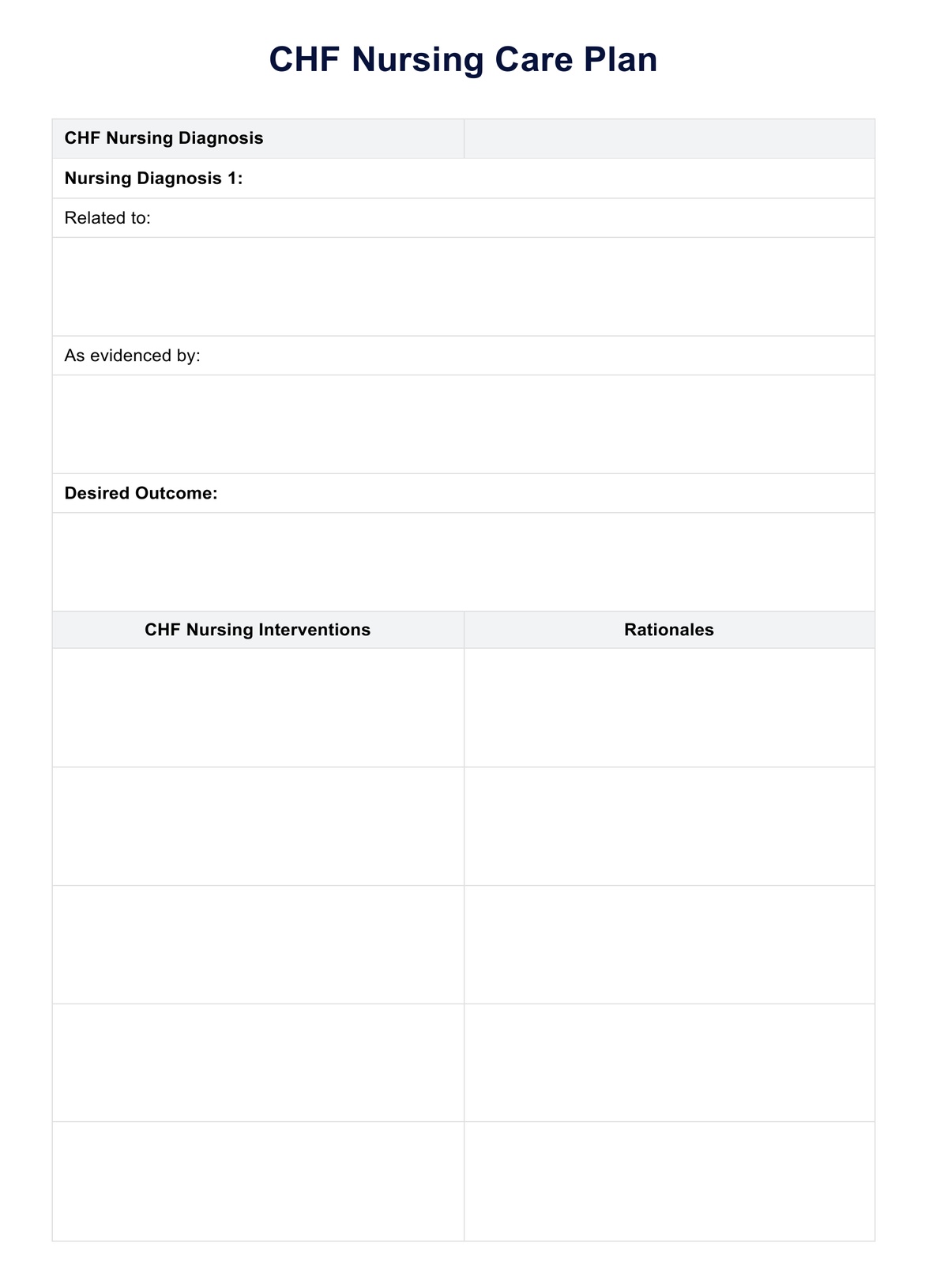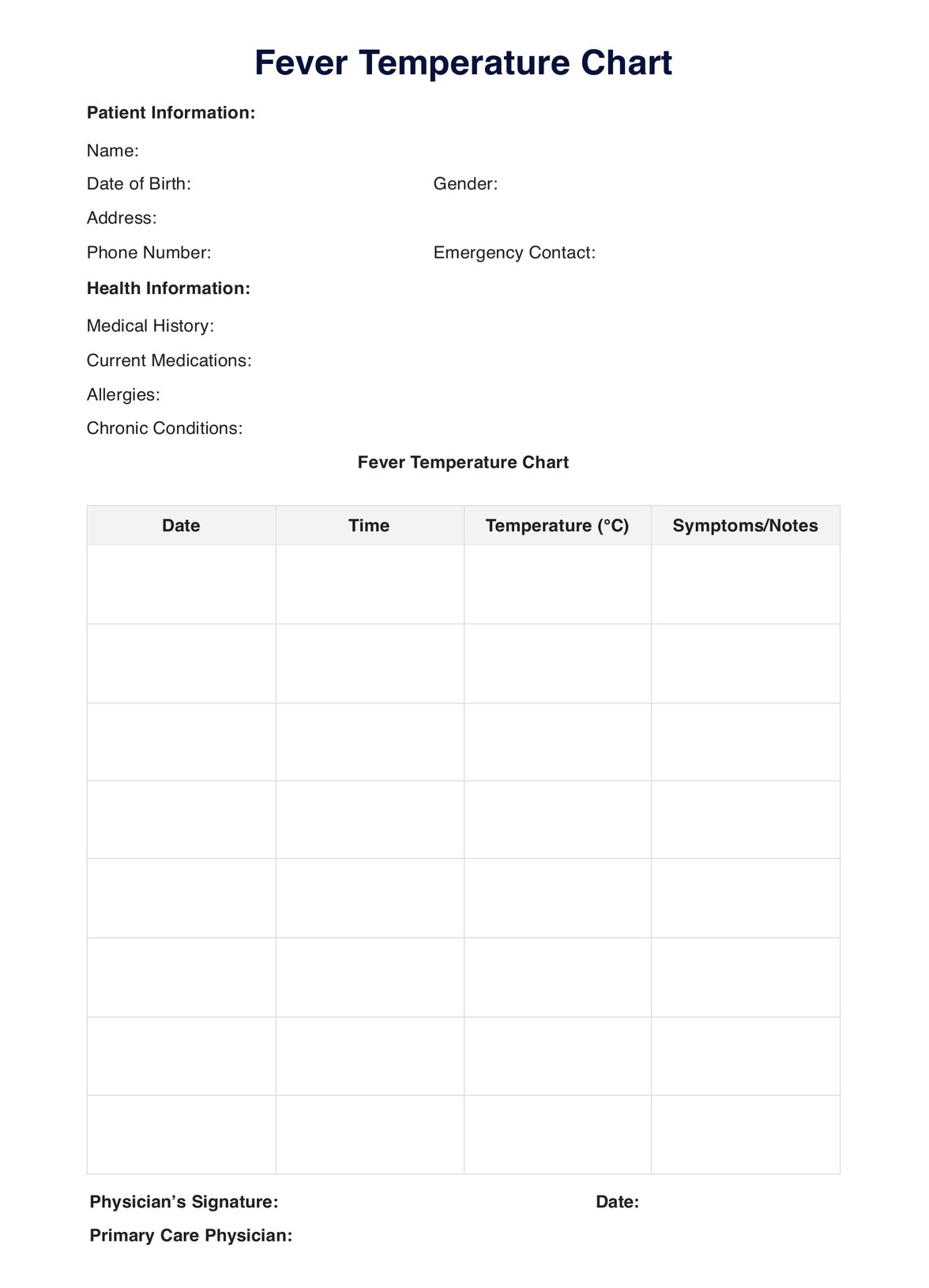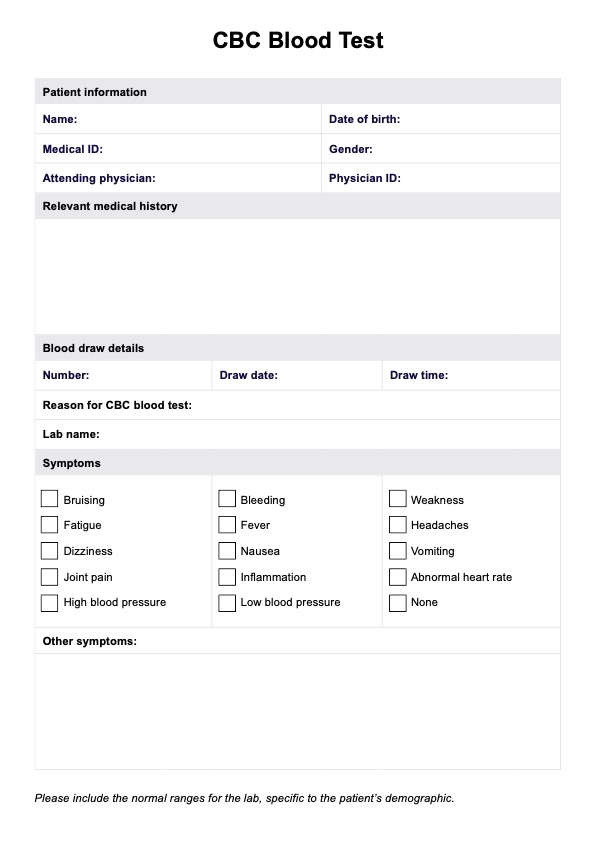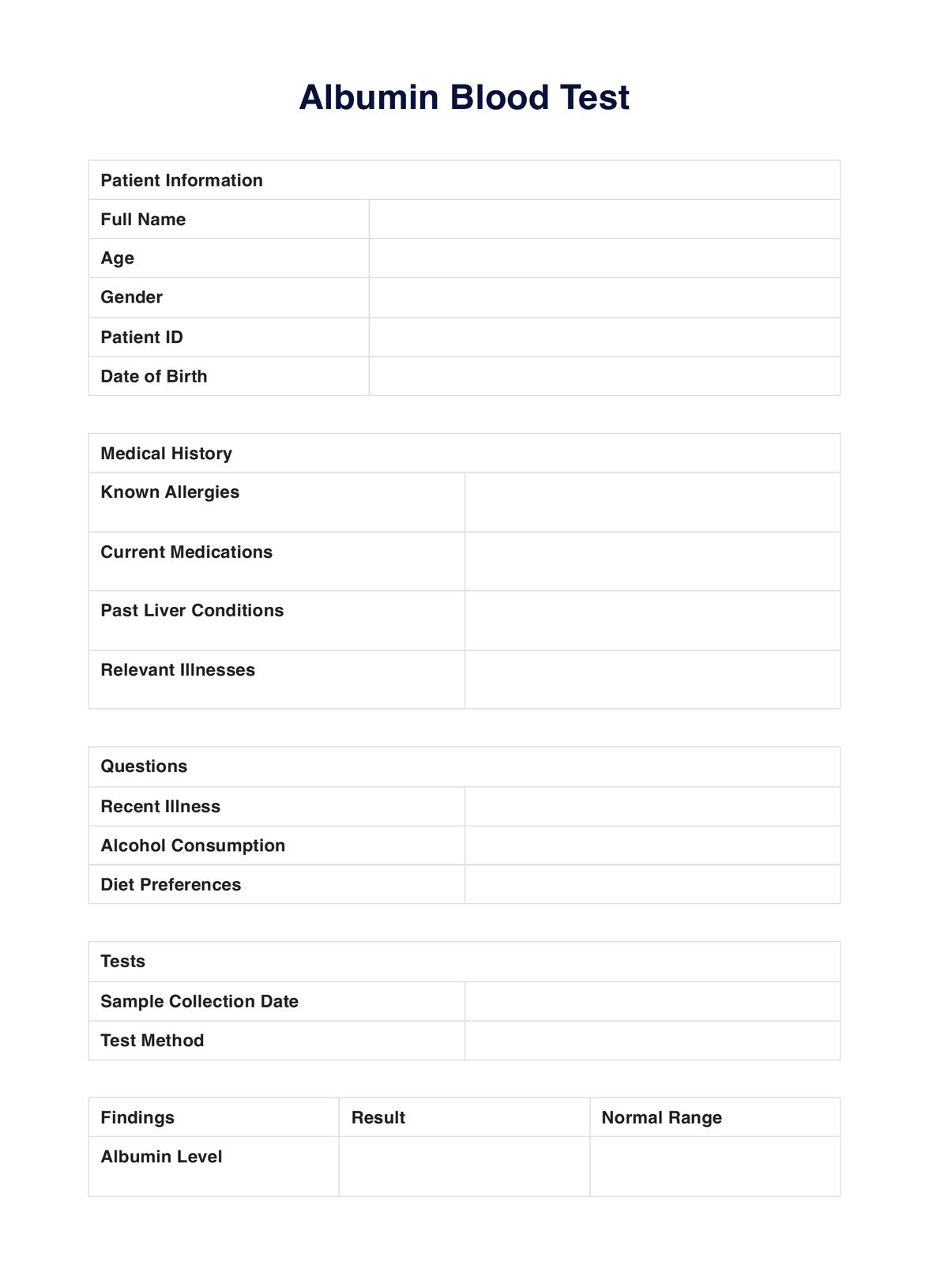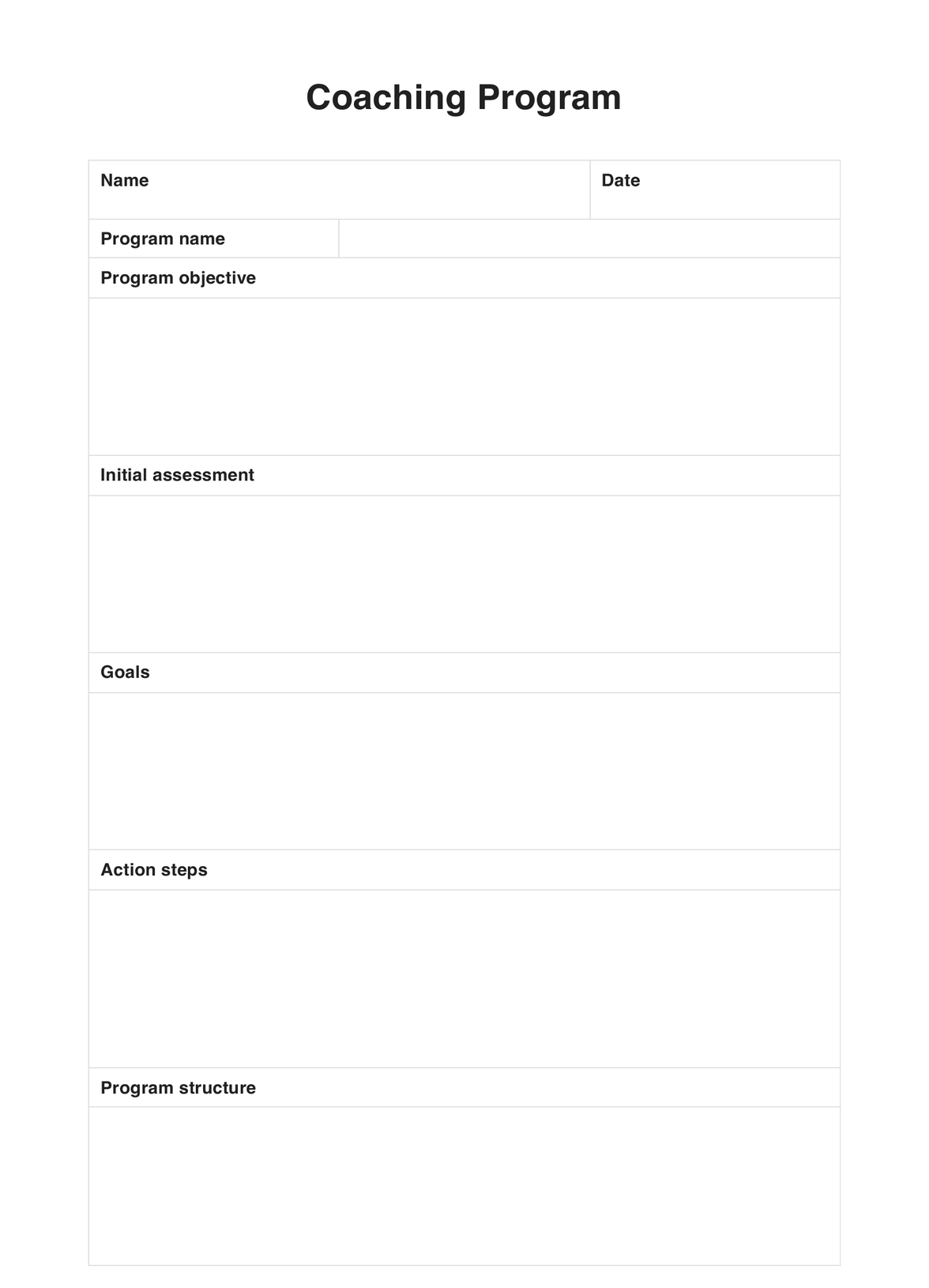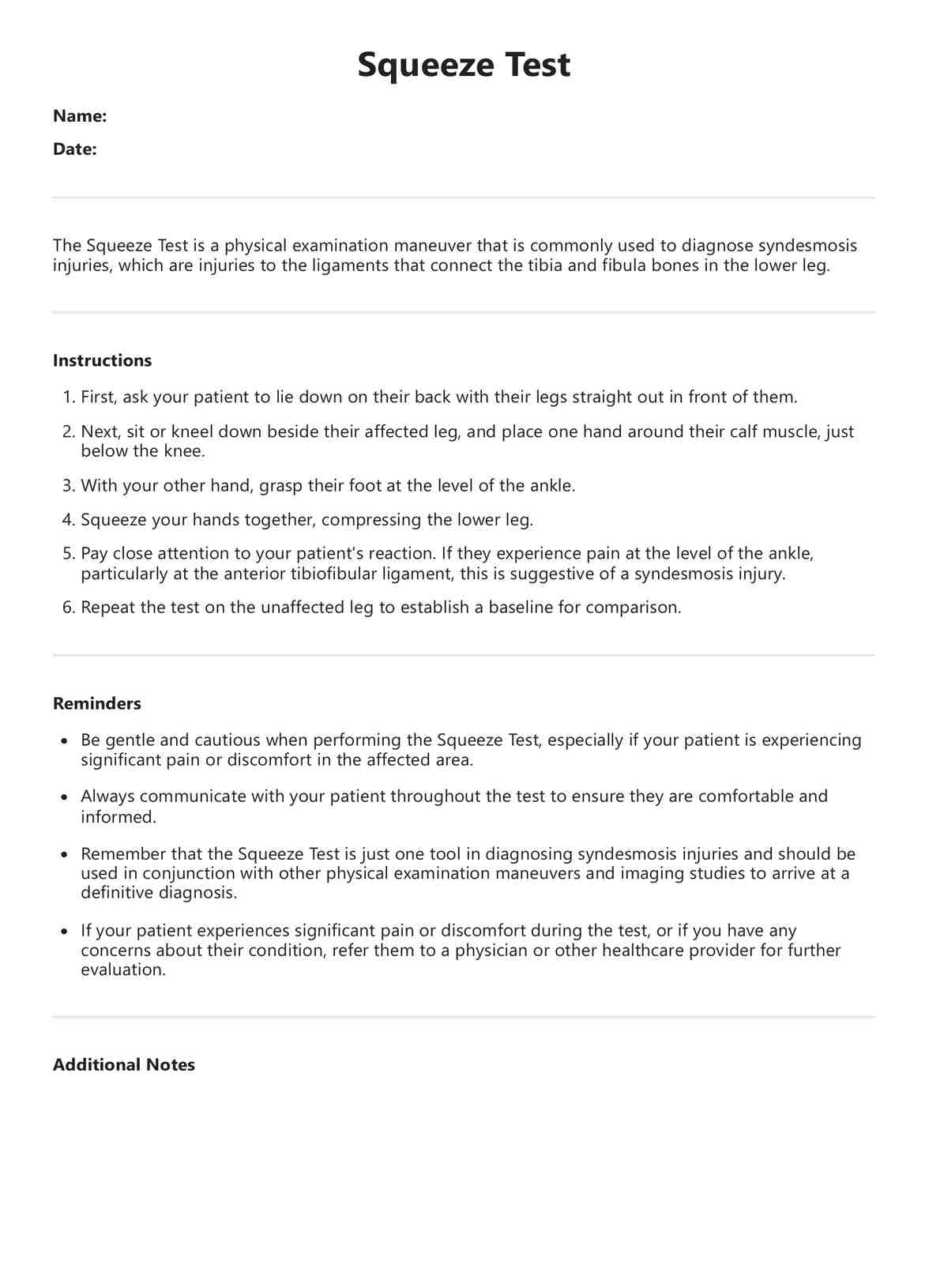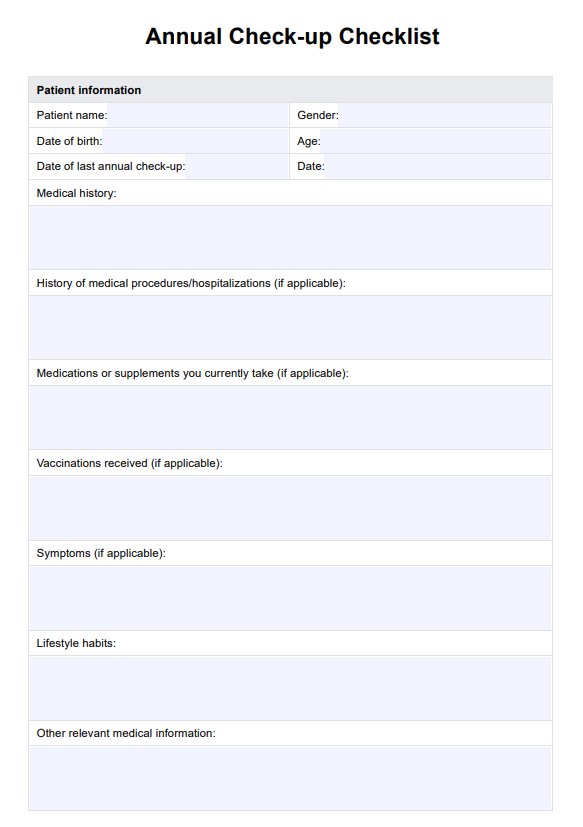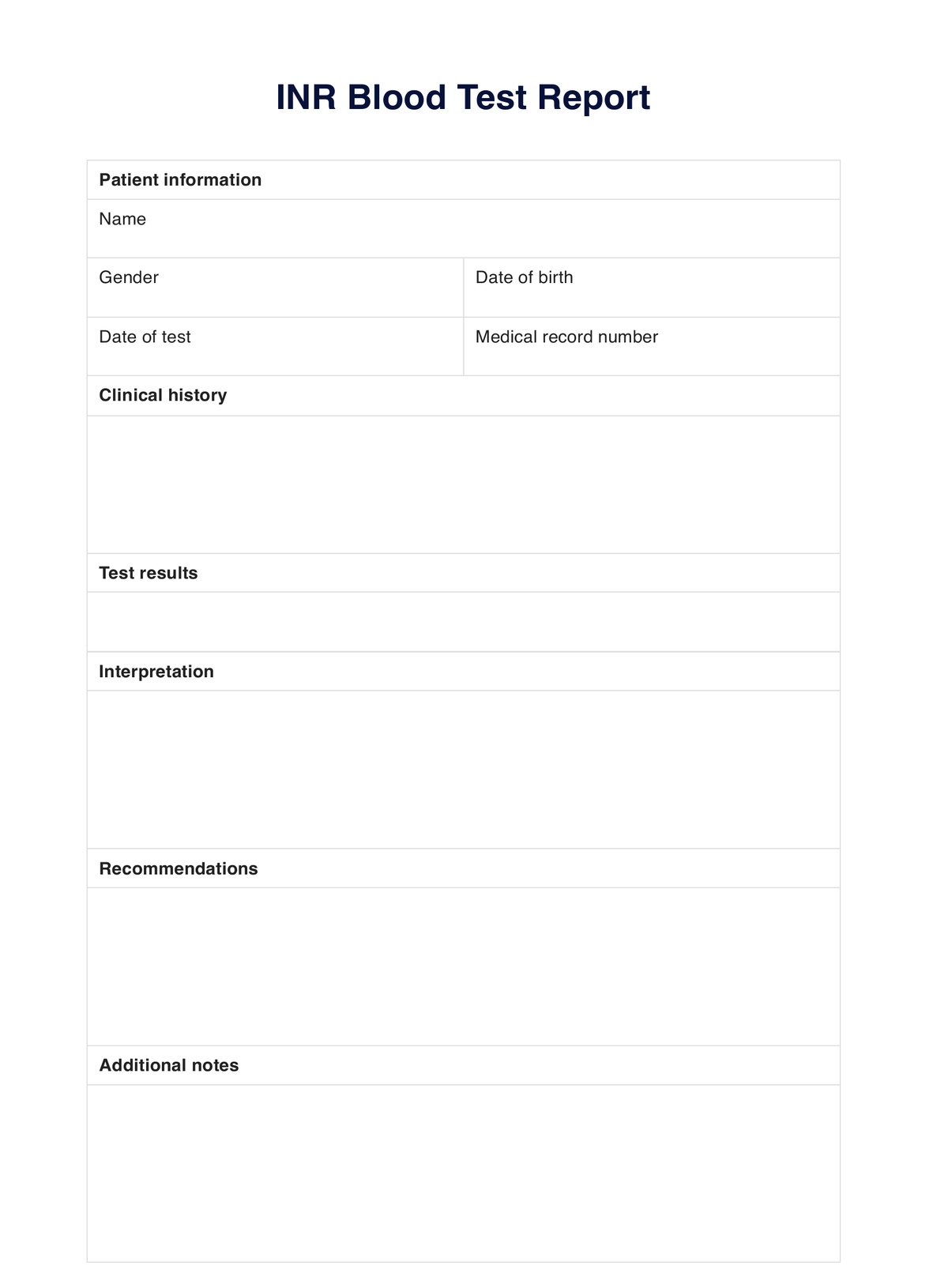Dementia Rating Scale 2
Explore the Dementia Rating Scale 2 (DRS-2) with our free download. Understand its role in diagnosing and managing dementia, interpret results, and discover treatment options.


Introduction to dementia
Dementia is a collective term for progressive neurological disorders affecting millions globally, characterized by a decline in cognitive function beyond normal aging. It encompasses a range of symptoms, including memory loss, difficulties with thinking, problem-solving, language, and changes in mood, perception, and behavior. Dementia primarily affects older adults, but it is not an inevitable part of aging. Various diseases can cause it, the most common being Alzheimer's disease. Understanding dementia is crucial for early diagnosis, effective management, and providing appropriate care and support to those affected.
Dementia Rating Scale 2 Template
Dementia Rating Scale 2 Example
What is the Dementia Rating Scale 2?
The Dementia Rating Scale 2 (DRS-2) is a comprehensive tool used in clinical settings for assessing cognitive functioning in individuals with suspected dementia. Developed to enhance the original Mattis Dementia Rating Scale, the DRS-2 evaluates five key cognitive domains: attention, initiation/perseveration, construction, conceptualization, and memory. It is designed to detect and track cognitive decline in various forms of dementia, including Alzheimer's disease, vascular dementia, and others. The scale is sensitive to changes in cognitive functioning over time, making it an invaluable tool for both diagnosis and monitoring the progression of dementia.
Diagnosing dementia
Diagnosing dementia is a complex process that involves a comprehensive assessment, including medical history, physical examinations, cognitive testing, and sometimes, genetic testing. The DRS-2 plays a vital role in clinical diagnosis by providing quantitative data on cognitive abilities. Alongside other tools like the Mini-Mental State Examination (MMSE) and the Montreal Cognitive Assessment (MoCA), the DRS-2 helps clinicians differentiate between normal cognitive aging and pathological decline.
How does the DRS 2 work?
The DRS-2 is administered by a trained professional and typically takes about 30-45 minutes to complete. It consists of a series of tasks and questions that assess the five cognitive domains. The scale provides total and subscale scores, which are useful in identifying specific areas of cognitive impairment. The DRS-2 is particularly useful in early-stage dementia, where subtle changes in cognitive function may not be apparent in daily activities but can be detected through structured assessment.
Interpreting the results
Interpreting the results of the DRS-2 involves analyzing the total and subscale scores. These scores help determine the presence and severity of cognitive impairment. The results guide clinicians in diagnosing, planning treatment, and recommending appropriate care and support. It's important to consider the results in the context of the individual's overall health, medical history, and other diagnostic information.
Treatment for dementia
While there is no cure for most types of dementia, early diagnosis, and intervention can help manage symptoms and improve quality of life. Treatment may include medications, lifestyle changes, and support for managing daily activities. Cognitive and behavioral therapies can also be beneficial. In some cases, treatment focuses on managing symptoms and providing support and comfort to the patient.
The benefits of the Dementia Rating Scale 2
The Dementia Rating Scale 2 (DRS-2) is a highly beneficial instrument in dementia assessment and management. Its design and structure offer several advantages that are crucial in the dementia rating scale performance in both clinical and research settings:
- Early detection of cognitive decline: The DRS-2 is particularly adept at identifying early signs of dementia. This early detection is vital for initiating timely interventions that can potentially slow the progression of the disease, improve the quality of life for patients, and provide valuable time for families and caregivers to plan for future care needs.
- Comprehensive cognitive assessment: The DRS-2 evaluates five key cognitive domains: attention, initiation/perseveration, construction, conceptualization, and memory. This comprehensive approach ensures a holistic evaluation of the patient's cognitive abilities, providing a more accurate and detailed understanding of their cognitive strengths and weaknesses. Such detailed insights are essential for developing targeted and effective treatment and care plans.
- Diagnostic accuracy: The scale's ability to provide nuanced information about various cognitive functions makes it a reliable tool for differentiating between different types of dementia and other cognitive disorders. This diagnostic accuracy is crucial for ensuring that patients receive the most appropriate and effective treatments tailored to their specific type of dementia.
- Utility in treatment planning: The detailed information provided by the DRS-2 assists healthcare professionals in creating more effective and personalized treatment plans. By understanding the specific cognitive areas affected, interventions can be more accurately directed to address these challenges, whether through pharmacological means, cognitive therapies, or lifestyle modifications.
- Consistency and reliability: The structured format of the DRS-2 allows for consistent and reliable assessments over time. This consistency is crucial for tracking the progression of dementia in patients. It enables clinicians to make informed decisions about the course of treatment and provides a standardized way to measure the effectiveness of interventions over time.
- Facilitating communication and collaboration: The clear and structured results of the DRS-2 can be easily communicated among different healthcare professionals involved in a patient's care. This facilitates better collaboration and coordination of care, ensuring that all healthcare team members are informed and aligned in their approach to treating and supporting the patient.
- Research applications: In research settings, the DRS-2 is invaluable for studying dementia and its progression. It provides researchers with a reliable tool to measure cognitive decline in clinical trials and longitudinal studies, contributing to the broader understanding of dementia and developing new treatments and interventions.
The Dementia Rating Scale 2 is a comprehensive, reliable, and versatile tool that is indispensable in assessing and managing dementia. Its ability to provide detailed insights into a patient's cognitive status and functioning makes it an essential component of clinical practice and research in neurology and geriatrics.
Alternate version of the DRS-2
An alternate version of the DRS-2 is available, providing an equivalent form for serial assessments. This version is useful for monitoring and assessing cognitive function changes over time without the effects of practice or familiarity with the test items. It allows for repeated assessments while minimizing the potential for learning or practice effects, which is important in accurately tracking the progression of cognitive decline.
Why use Carepatron as your psychological assessment software?
Carepatron offers comprehensive general practice software for managing psychological assessments, including dementia screening.
Its features facilitate the administration, scoring, and interpretation of various assessment tools, like the DRS-2, streamlining the assessment process and enhancing clinical efficiency.
Carepatron's user-friendly interface and robust data management and analysis capabilities make it an ideal choice for healthcare professionals in dementia care and research.
Sign up for Carepatron today and see the difference it makes for your practice!

References
Jurica, P. J., Leitten, C. L., & Mattis, S. (2001). Dementia Rating Scale-2: DRS-2: Professional manual. Psychological Assessment Resources.
Mattis, S. (1988). Dementia Rating Scale: DRS. Psychological Assessment Resources.
O'Bryant, S. E., Humphreys, J. D., Smith, G. E., Ivnik, R. J., Graff-Radford, N. R., Petersen, R. C., & Lucas, J. A. (2008). Detecting dementia with the Mini-Mental State Examination (MMSE) in highly educated individuals. Archives of Neurology, 65(7), 963-967.
Commonly asked questions
The DRS-2 is a clinical tool used to assess cognitive functioning in individuals with suspected dementia, evaluating five cognitive domains.
The DRS-2 is used alongside medical history and other cognitive tests to assess mild cognitive impairment and diagnose dementia.
Yes, the DRS-2 can help differentiate between various forms of dementia based on the pattern of cognitive impairment.

.jpg)
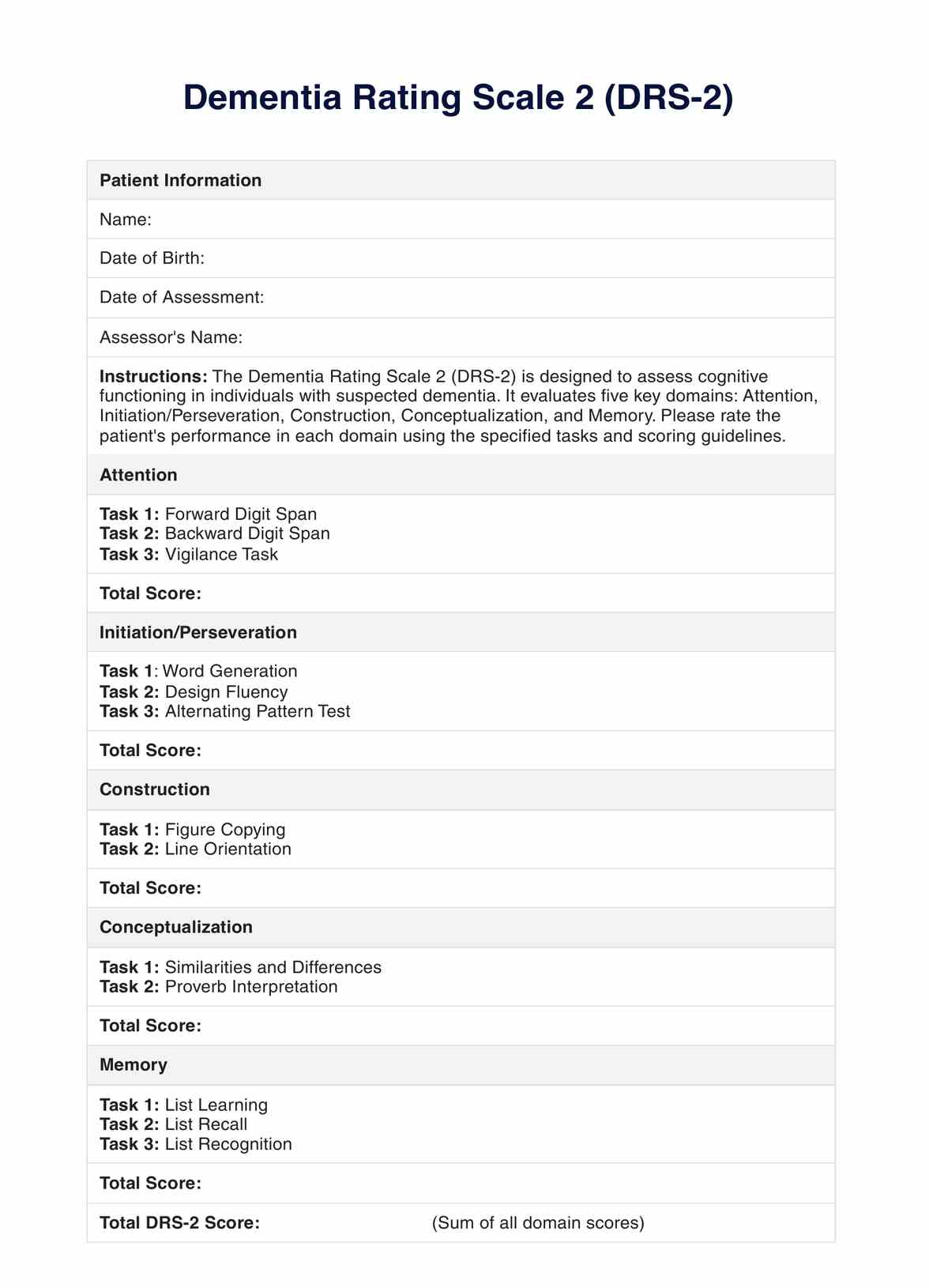
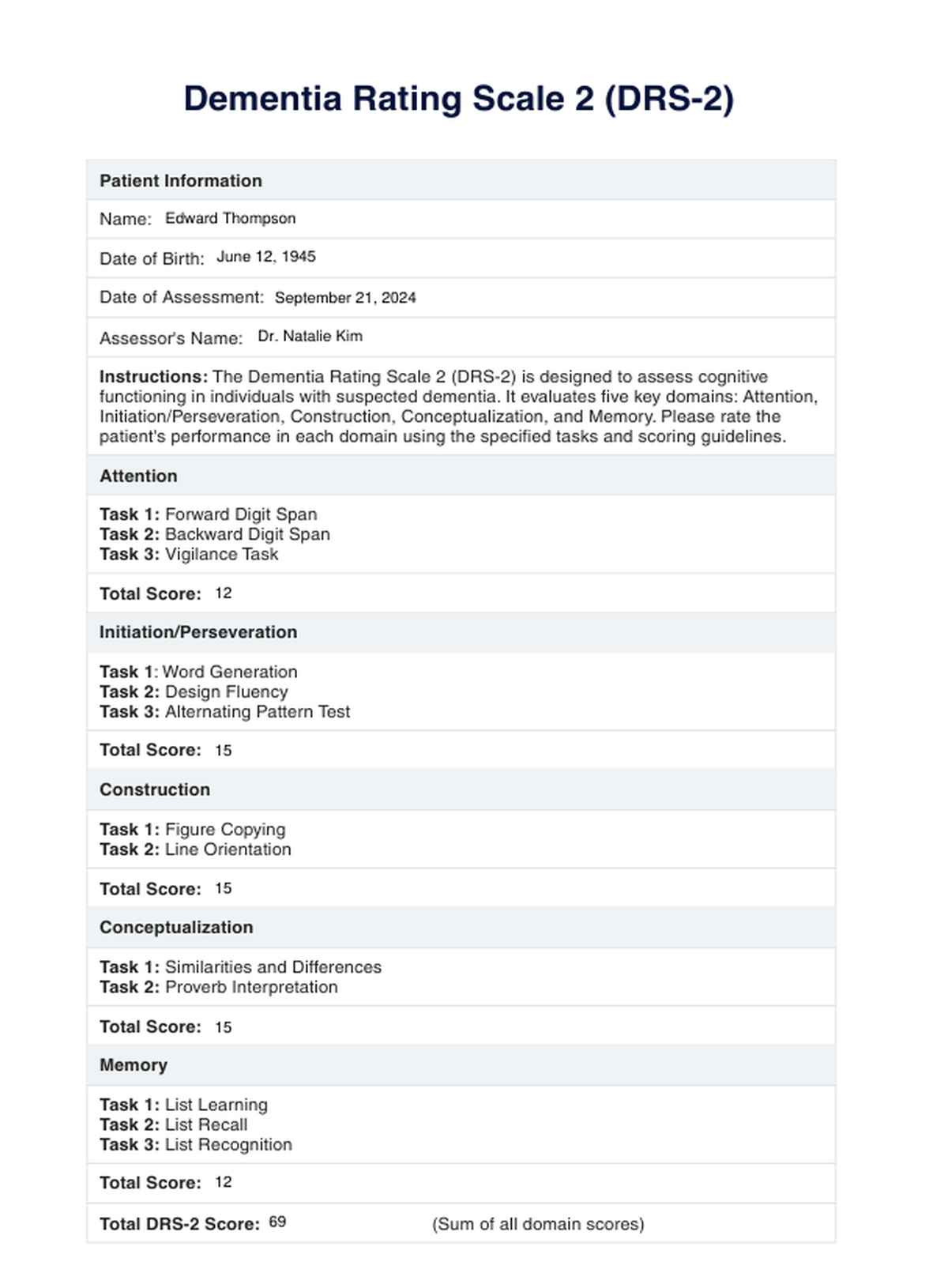






















-template.jpg)













































































